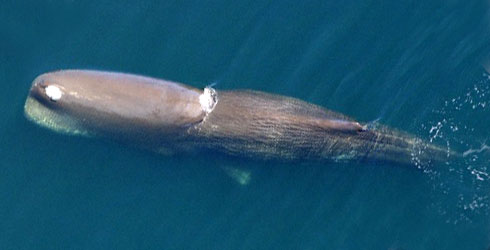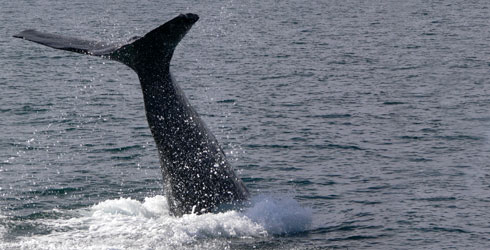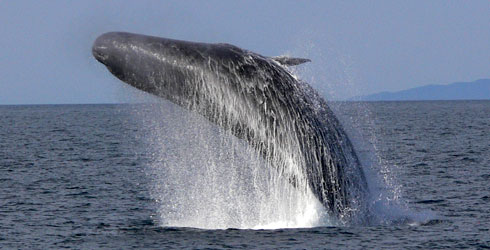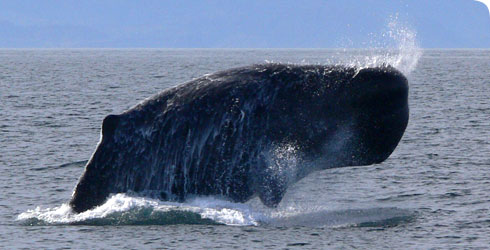Physeter catodon (sperm whale)
Physeter catodon, the sperm whale, is the largest toothed predator on Earth. Males can be over 18m long, weighing up to 50,000kg.
Mature female sperm whales tend to live in social groups of up to 15 mature females and their offspring, whereas mature males live alone or in smaller groups.
The sperm whale is listed as vunerable to extinction by the IUCN. Commercial whaling was the biggest threat to this species.
Species detail
-

Taxonomy
Find out more about the form and structure of the sperm whale, Physeter catodon.
-

Distribution
The sperm whale is found in all oceans and adjoining seas except polar ice fields. Find out more about the global distribution of Physeter catodon.
-

Biology
The sperm whale is the largest toothed predator on Earth, with males over 18m long and weighing up to 50,000kg
-

Behaviour
Mature female sperm whales tend to live in social groups of up to 15 mature females and their offspring, whereas mature males live alone or in smaller groups of 6. Discover more about the behaviour of these fascinating animals.
-

Conservation
The sperm whale is listed as vunerable to extinction by the IUCN. Commercial whaling was the biggest threat to this species. Learn more about the current threats to the sperm whale.
-

References
Get reference material for Physeter catodon.
Images

An aerial view of a sperm whale.
© NOAA National Marine Fisheries Service
A sperm whale tail fluke.
© wikipedia
A sperm whale spy-hopping in the Sea of Cortez, Mexico.
© Tim Melling, Nature Trek.
A sperm whale breaching in the Sea of Cortez, Mexico.
© Tim Melling, Nature Trek.
A sperm whale breaching in the Sea of Cortez, Mexico
© Tim Melling, Nature Trek.
